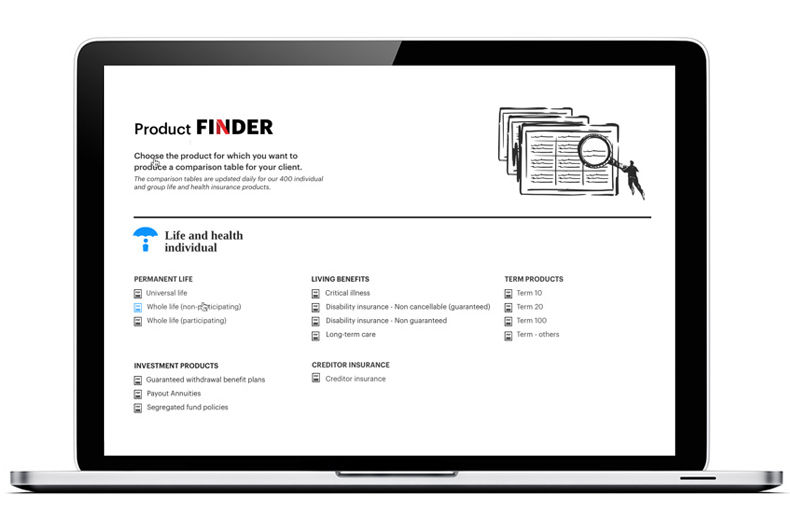Against the backdrop of four megatrends changing today’s risk landscape, the Global Federation of Insurance Associations (GFIA) representing 40 member associations, has published a new report showing a growing gap in the number of people and organizations protected by pensions, cyber, health and natcat (natural catastrophe) insurance.
Entitled, Global protection gaps and recommendations for bridging them, the report examines climate change, technological acceleration, changing demographics and disruptive developments in macroeconomics and politics, all of which are having direct impacts on lives.
“Of these risks, pensions, cyber, health and natcat stand out due to their growing importance, impact on human lives and insurability,” the report states.
Industry associations like the Insurance Bureau of Canada (IBC) have come out saying the report highlights the urgent need for governments to address gaps caused by climate change.
Related:
- Insurers alone cannot address gaps in climate coverage
- Solutions for narrowing catastrophe protection gaps
In looking at the pension, healthcare and cyber protection gaps, meanwhile, the paper continues its theme of pointing out the need for collaboration between public and private stakeholders.
Cyber protection gaps nears $1-trillion
The report currently puts the estimated protection gap related to cyber incidents at approximately US$0.9-trillion. “Although the supply of cyber insurance is expected to grow, it is unlikely that the cyber protection gap will be closed soon, due to the small share of insured losses today and the rapid speed of digitalization making businesses increasingly vulnerable to cyber attacks,” the report states. “Insurers will not be able to narrow the cyber protection gap alone.”
Levers the association suggests public and private stakeholders use to address the problem include the incentivization and support of prevention measures – the report suggests including financial incentives in policy clauses which can reduce an organization’s premiums or deductibles if security measures are implemented – along with awareness campaigns by all stakeholders and public policies that define a clear regulatory incident reporting framework which could facilitate risk modelling by insurers.
“Collaborate with the insurance industry to provide resources and education about the risks of operating online – particularly for consumers and small businesses as these groups tend to underestimate the risks,” they write, adding that stakeholders should also develop guidance on what constitutes good cybersecurity for IT systems and educate consumer about the role of cyber insurance as mechanism of risk transfer.
“Consider adopting mandatory requirements on cybersecurity, especially for key economic sectors,” they add. “Continue to evaluate, in partnership with the insurance industry, the merits of a cyber insurance program to mitigate the impacts of a catastrophic cyber event.”
The report also encourages policymakers not to create rules which prohibit ransomware payments. “Making ransomware payments illegal could discourage the reporting of ransomware attacks and penalise victims. It may also leave businesses unable to deal with the outcome or provide the necessary assistance to customers.”
Report calls for pension savings education
In pensions, meanwhile, they point out that demographic changes are putting unprecedented pressure on pension systems around the world. They say the cumulative pension gap is approximately US$51-trillion today. Converted into an annuity over 40 years, both to identify the annual protection gap and ensure comparability with the other gaps discussed, the report’s researchers estimate the global pension gap to be US$1-trillion annually.
“Given that pension needs are likely to grow faster than the available funds, the gap will further increase, especially because decreasing investment returns are expected to hit pension schemes worldwide,” they warn. “While the past decade has brought significant positive returns on both equities and bonds, these key asset classes are unlikely to maintain this level of return in the next decade.”
The solutions recommended include offering innovative and flexible products, creating awareness of the need to save for retirement, encouraging automatic enrollment in pension schemes and introducing tax incentives.
“Improve levels of financial education,” they write. “Begin financial education at school.”
The report further warns governments not to create regulation erecting unnecessary barriers or costs that would prevent insurers from providing efficient solutions. “Ensure good regulation that allows innovation.”







